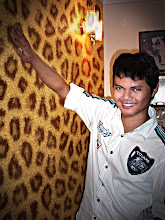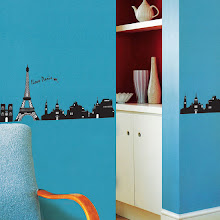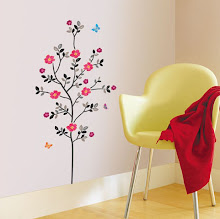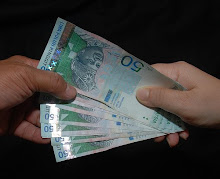



What is wallpaper?
In its simplest terms, wallpaper is a decorative covering for the walls. It can be used to make a room appear more spacious using light backgrounds, cool colors, small scale design or large open design. Rooms can be made to look smaller and more intimate with dark backgrounds, warm colors and large scale designs. Wallpaper is used to complement other decorative elements in a room such as the carpet or furniture and is available in a wide variety of colors & designs.
When was wallpaper invented?
Wallpaper is traced back to China around 200 BC and was introduced to Europe during the late 1400's. The first European papers were high-priced, hand painted and produced in small sheets making the applications quite tedious. Early designs were patterns inspired by nature, such as birds and flowers, and Chinese scenics used in prestigious European homes. During the 18th century, the motifs gave way to landscape and battle scenes. Jean-Micel Papillon of France is widely considered the modern inventor of wallpaper and was the first to design wallpaper in repeating patterns. In 1739, the first US wallpaper factory opened. By the 1840s, machine produced wallpapers made wallpaper an easily obtainable and affordable design element.
What are the most popular designs?
Traditional designs are by far the most popular designs. Traditionals include florals, damasks (textured - fabric like or woven appearance), chintz (cotton cloth-like appearance) and Jacobeans (Late English Gothic) in a medium to large scale which are usually coordinated with stripe and texture designs. Contemporary designs are more open and free and are popular in many areas of the country. Brushstrokes are the most popular contemporary design. Country and juvenile wallcoverings also have a broad appeal.













No comments:
Post a Comment